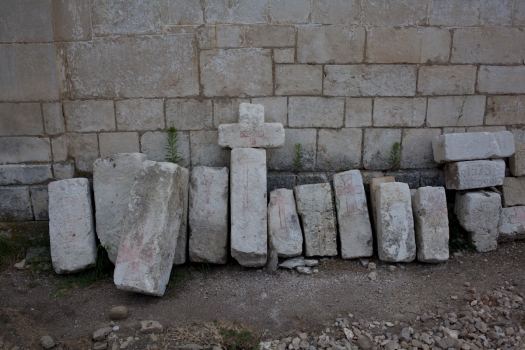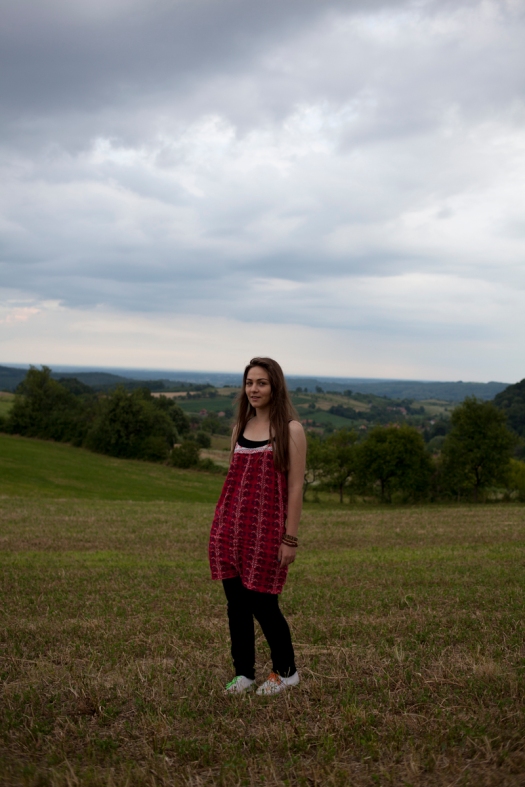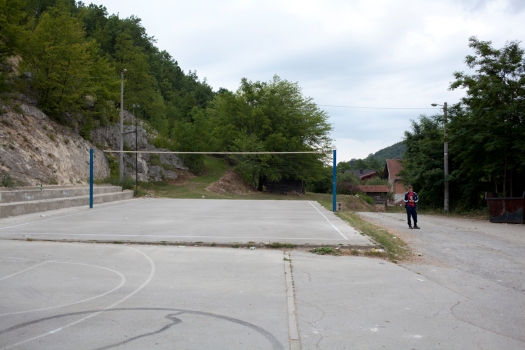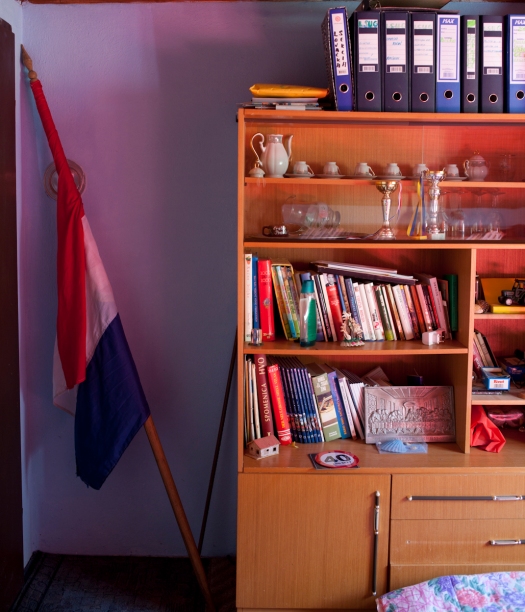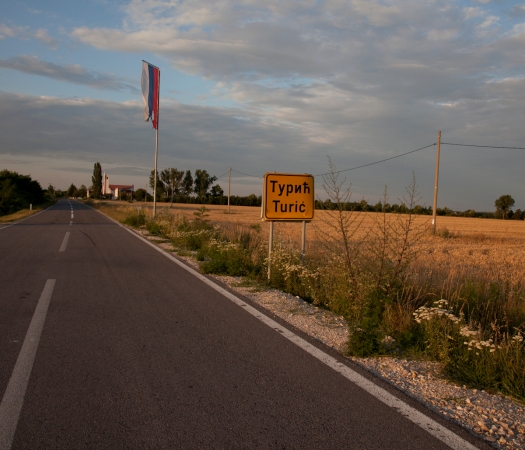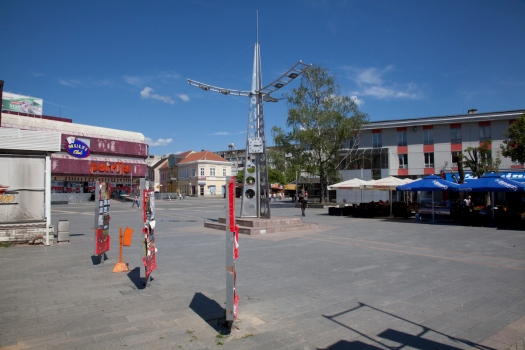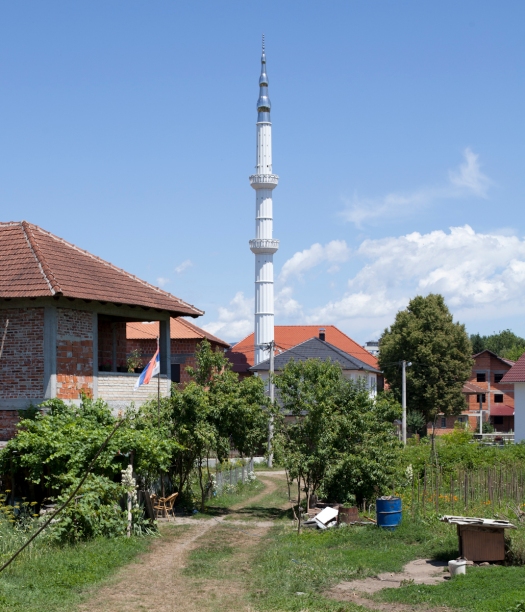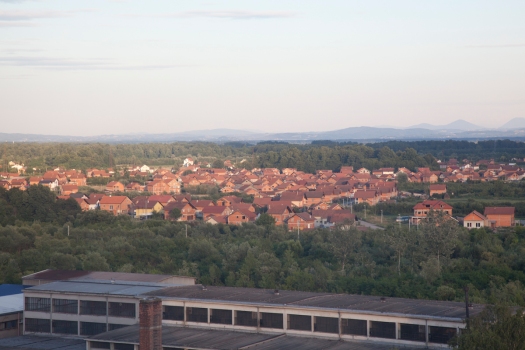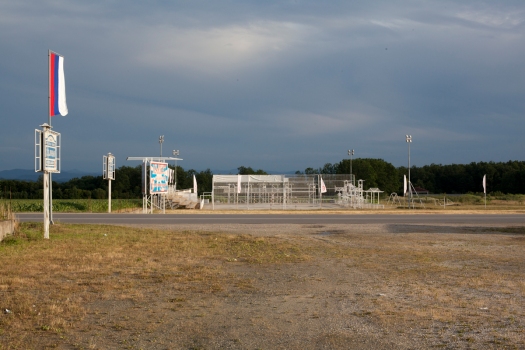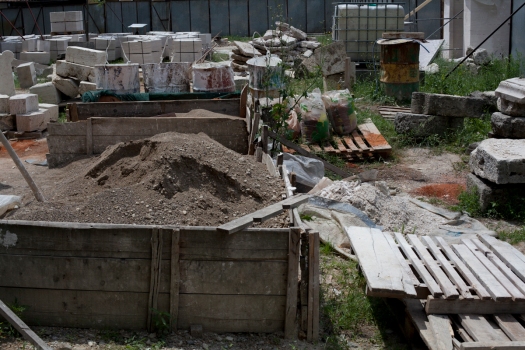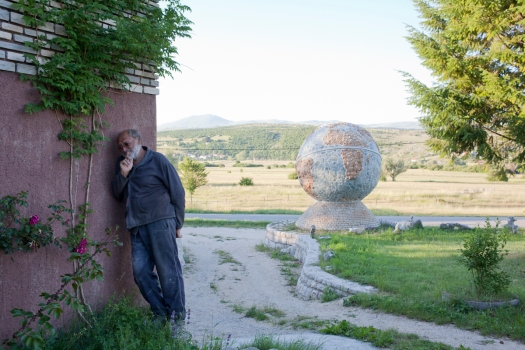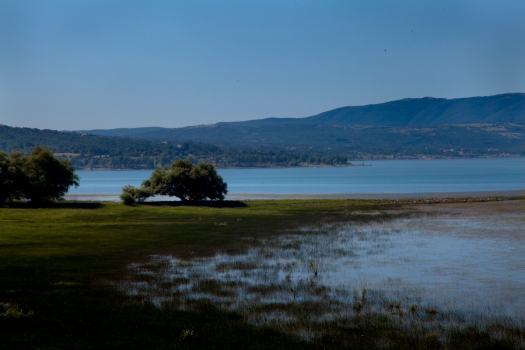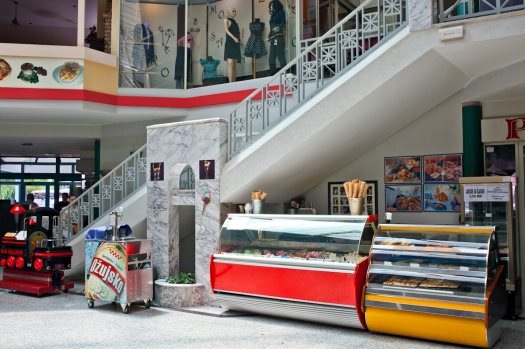So-called Serbian Republic of Bosnia. It is the second entity in Bosnia & Herzegovina together with the Federation. It was proclaimed in January 1992 right at the beginning of the last Bosnian War
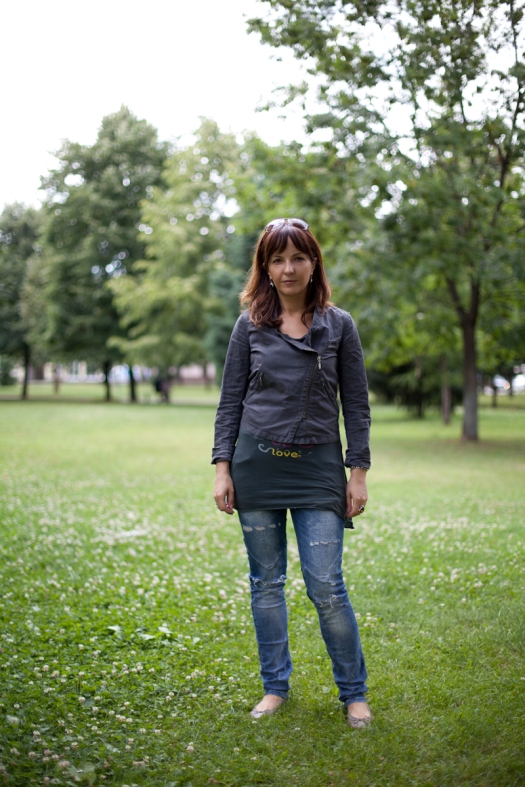
- Banja Luka. Bosnia & Herzegovina. Danijela Mojstorovic teaches linguistic in different universities across B&H. She recently published a book about the relation between language and national identity in Bosnia. After the breakdown of Former Yugoslavia the common language, serbo-croatian, has split into three languages: Serbian, Bosnian and Croatian. By naming the languages the three different ethnicities are trying to build new different identities based on language and religion.
Livno. Bosnia & Herzegovina. Situated in the South of B&H right at the border with Herzegovina, Livno is the biggest town in this area with a strong Catholic majority.
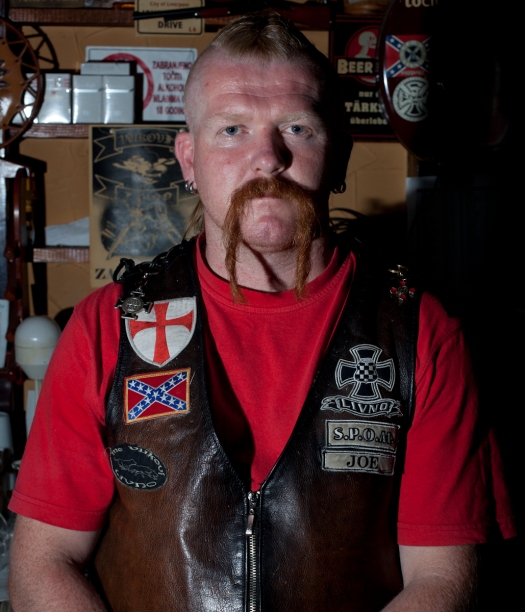
Livno. Bosnia & Herzegovina. Ivica Matic runs a pub in the city centre. He defines himself a Catholic, a Roman Catholic. On his westcoat an American confederate flag that symbolizes the union of the people of the South of Bosnia. The Catholic minority is now asking to create a new entity within the country.
- Livno. Busko Lake. Some people say Croatian villages were moved to make space for this artificial lake.
